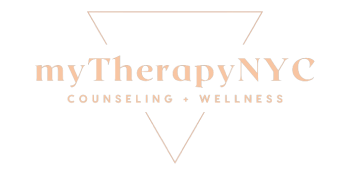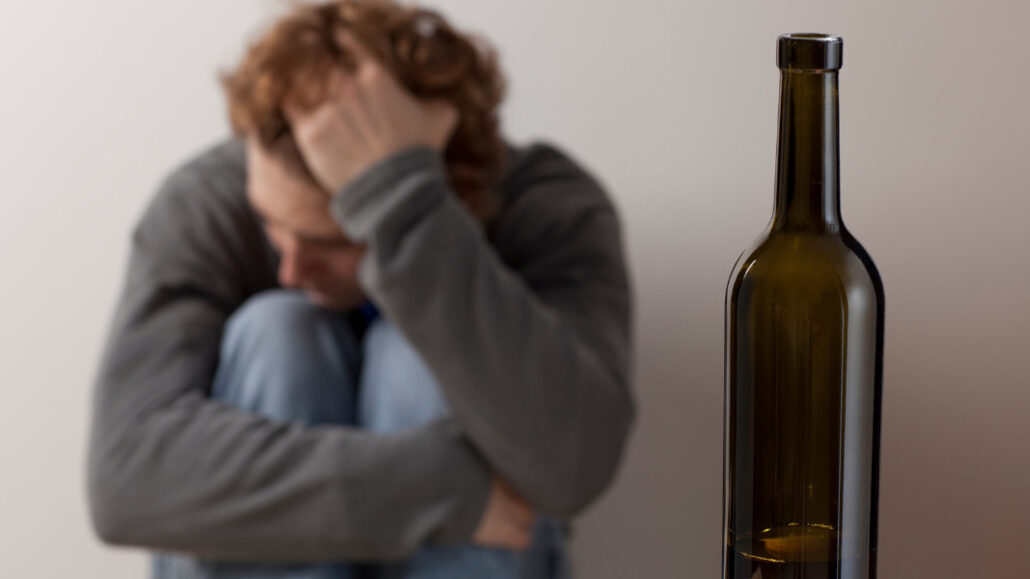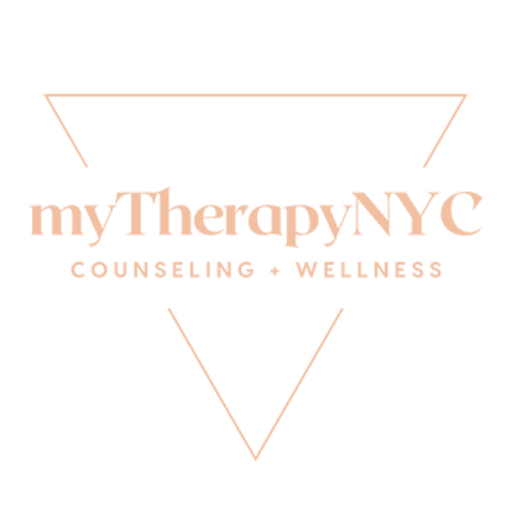We often use the terms substance use, abuse, and dependence somewhat interchangeably. However, we must be aware of the distinctions between substance use and substance use disorder when assessing whether you or a loved one is suffering from a disorder. Knowing the difference can be helpful when determining what kind of intervention is appropriate. If you are worried about your own substance use, or that of someone you care about, read on for more information.
Substance use
Substance use is the simple act of consuming some form of mood-altering substance. Examples of mood-altering substances are:
- alcohol
- marijuana
- cigarettes and other nicotine products
- prescription mood changers such as benzodiazepines, stimulants, and opioid painkillers
In the United States, 85 percent of adults reported that they drank alcohol at some point in their lifetime. 69 percent reported that they drank in the past year. 54 percent reported that they drank in the past month. Around 40 million American adults still smoke cigarettes. As for marijuana, around 50 million people used the drug last year (this number projected to increase as legalization continues to increase across the states).
Many adults turn to substances to wind down, relax, or let loose. In addition, many Americans are prescribed medications such as painkillers, benzodiazepines, and stimulants due to genuine medical need. This use in itself is not problematic per se, until it turns into a substance use disorder.
Substance use and substance use disorder
The consumption of any given substance becomes problematic when:
- the user is consuming the substance at a higher dosage than recommended
- the user is consuming the substance more regularly than recommended
- the user combines different substances in unpredictable ways
- the user starts to experience negative consequences of using a substance, and the consequences do not result in stopping use.
Such consequences might include strained personal relationships, financial problems, professional problems (e.g. losing employment), legal problems, and health problems ranging from intoxication-related illnesses to accidental deaths. In these circumstances, the individual can develop a tolerance for the substance. This means that the body needs higher and higher amounts of the substance in order to achieve the same sensation that was possible when use first began.
Substance abuse has increased over the last two years as more and more people searched for ways to cope with the stress, fear, and isolation of the COVID-19 pandemic. Statistics show that 60 percent of adults who drink alcohol increased their consumption over the pandemic.
Read more about substance use disorder
Abuse of prescription drugs
The abuse of a prescription drug occurs when:
- the user consumes the drug in quantities greater than the recommended dosage
- the user takes the drug more regularly than recommended or for longer than recommended
- the user was not prescribed the drug by a medical professional
- the user consumes the drug recreationally
- the user combines the drug with other substances
The opioid epidemic in the United States has shown the dangers of prescription drug abuse. Of the approximately 1 million Americans dead of drug overdoses since 2000, opioids including heroin and prescription painkillers like Oxycontin, Percocet, and Vicodin have contributed to 72 percent of these lost lives. In addition to opioids and other painkillers, the most commonly abused prescription drugs are benzodiazepines (e.g. Xanax), and stimulant drugs (e.g. Adderall).
Substance dependence
An individual is considered to be addicted to a substance when they use a substance compulsively, and are unable to stop using despite the negative impact on their wellbeing. Often these individuals make repeated efforts to stop using the substance in question, but are unsuccessful. With some substances, part of this difficulty stems from the individual’s body developing a dependence on it. Substance dependence is a physiological condition where the body and brain has adapted to the habitual presence of a substance. Ultimately, the individual becomes dependent on that substance for normal functioning. A tolerance the becomes increasingly accustomed to the effects of the substance, which results in increased use. When the consumption of the substance is decreased or stopped entirely, the body goes into withdrawal.
Withdrawal
Withdrawal refers to a combination of physical and mental symptoms that begin when the substance is withdrawn from a regular user. These symptoms vary from substance to substance, and will depend on the amount that the individual was using and how long they were using for. Withdrawals effects range from insomnia, depression, and anxiety, to sweating, vomiting, nausea, seizures, and even death. Very heavy alcohol abuse and opioids have particularly dangerous withdrawal effects.
Treatment options
There is a wealth of treatment options available if you believe that you or a loved one is in need of intervention for substance use disorder.
For substances that elicit serious physical withdrawal symptoms (e.g. opioids, heavy and frequent alcohol use), it is safest to begin the recovery journey in a medically-supervised detox setting. These short-term interventions are designed to stabilize the body’s return to normal functioning without the presence of the abused drug in the system. This may involve medication-assisted detoxification.
Once detox has been safely achieved, the next step might be an inpatient rehab. In this setting, the individual commits to checking themselves into a controlled environment for a set period of time. This may be within a hospital or in an outside clinic where emotional and medical support is offered 24 hours a day. Days in rehab will likely involve group therapy, individual therapy, medication support if needed, and physical and other leisure activities. The involvement of the individual’s family is often encouraged.
Read more about substance abuse treatment
Outpatient treatment
An alternative to inpatient treatment is outpatient treatment. This type of treatment is usually beneficial for individuals whose substance abuse was less severe. In this setting, the individual commits to attending a couple of hours of treatment per day. This usually consists of group therapy with individual therapy and medication management as needed.
12-Step programs
Outside of clinical treatment settings, 12-step programs can be beneficial when navigating a substance use disorder. Some examples include Alcoholics Anonymous or Narcotics Anonymous. These programs involve meeting with other individuals who are recovering from substance use disorder in a mutually supportive environment. Many people state that connection to other recovering addicts and alcoholics is an essential part of their return to a healthy and happy life.
Psychotherapy
After intensive inpatient or outpatient treatment, it can be helpful meet regularly with an individual psychotherapist. Psychotherapy may also be the right fit for individuals with milder symptoms of substance use disorder. A mental health professional can support you or your loved one through the challenges of life without drugs or alcohol. They can also help with uncovering and processing some of the pain and trauma that can often lead to substance use disorder in the first place.
The consumption of alcohol and other substances occurs on a continuum. At one end is recreational or social use, that does not impact our lives negatively beyond an occasional unpleasant Sunday morning hangover. At the other end is a range of significantly negative consequences for our personal relationships, our professional lives, and our physical and mental health. Where you or your loved one falls on this in between the two points on this continuum will influence how important you feel it is to seek treatment, and what form of intervention is most relevant. It is important to be aware that treatment is possible for all of us, no matter how casual our use may feel or how desperate we feel our situation has become. Recovery begins with one simple step: reaching out for help!
Are you interested in seeking support around substance abuse? Reach out to myTherapyNYC to find out which of our therapists would be a good fit for you!
What do you think the distinction is between substance use and substance use disorder? Join the conversation in the comments below!
- Am I Experiencing Bipolar Mood Swings? - August 3, 2023
- What is the Difference Between Substance Use and Substance Use Disorder? - December 15, 2022






1 comment
Thank you for clarifying the differences between abuse and use, Victor. In a society (and city) where substance use is a common thread, it is important to understand the nuance and have resources for those who may be struggling or questioning their relationship to substances.